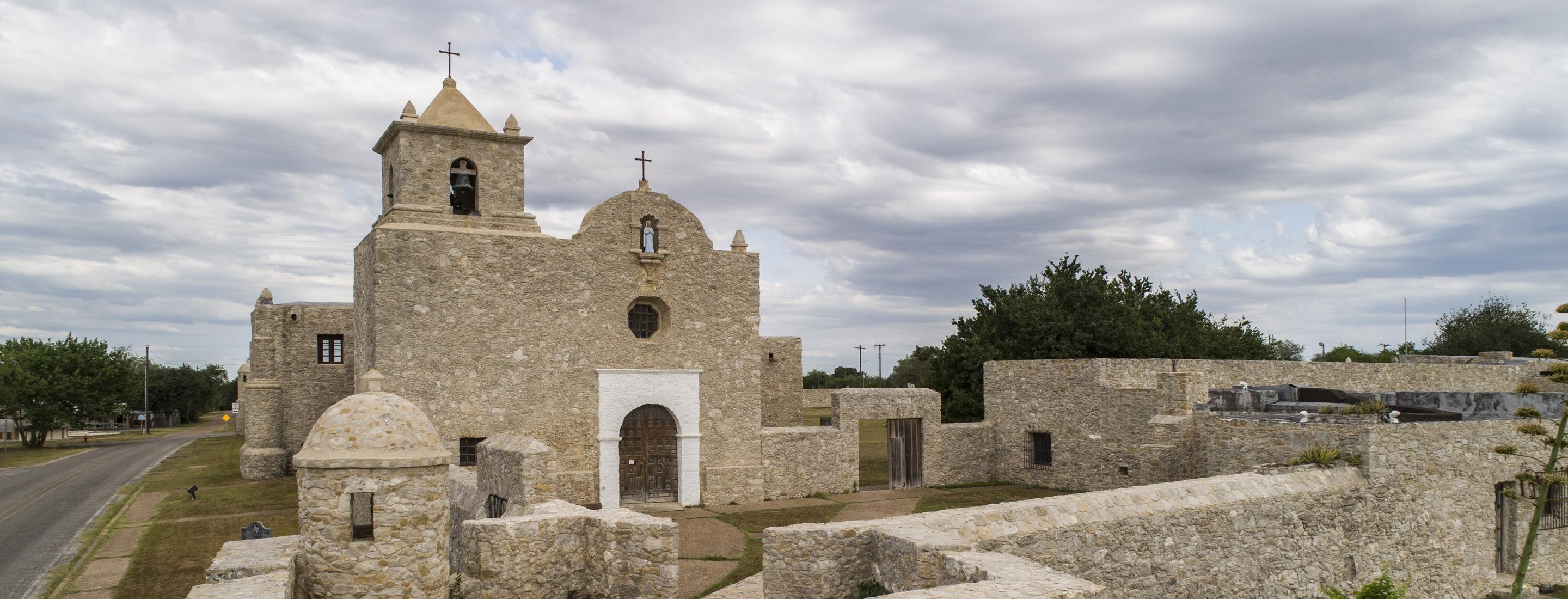The Texas Historical Commission preserves and operates 38 state historic sites across Texas. These unique places honor Texas history and inspire an understanding of what it means to be a Texan.
Texas Revolution & Republic
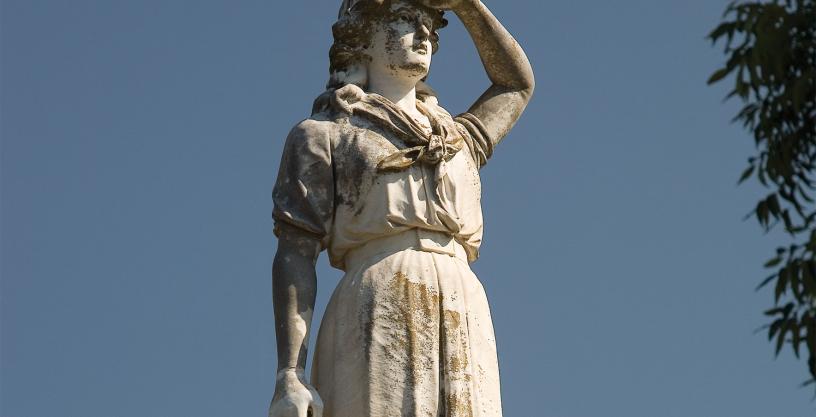
Acton
A statue of Elizabeth Crockett marks the burial site of folk hero Davy Crockett's second wife, who died in 1860.
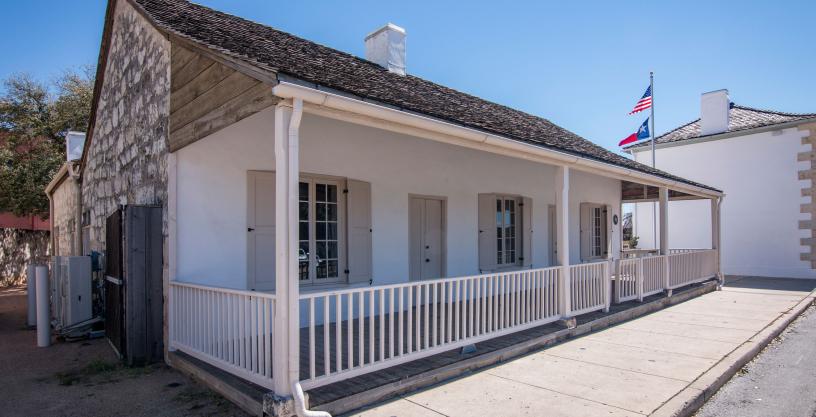
Casa Navarro
Explore the life of one of early Texas’ most influential leaders in his restored 19th-century home located in the heart of San Antonio.
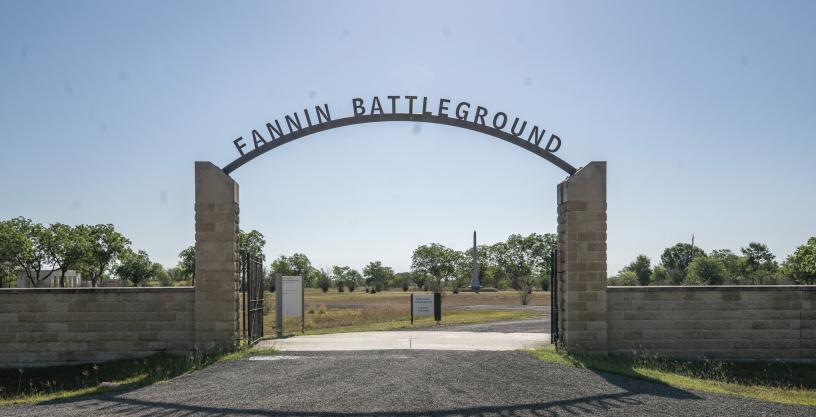
Fannin Battleground
This site memorializes the brave soldiers who fought and lost the Battle of Coleto Creek here in 1836 during the Texas War for Independence.
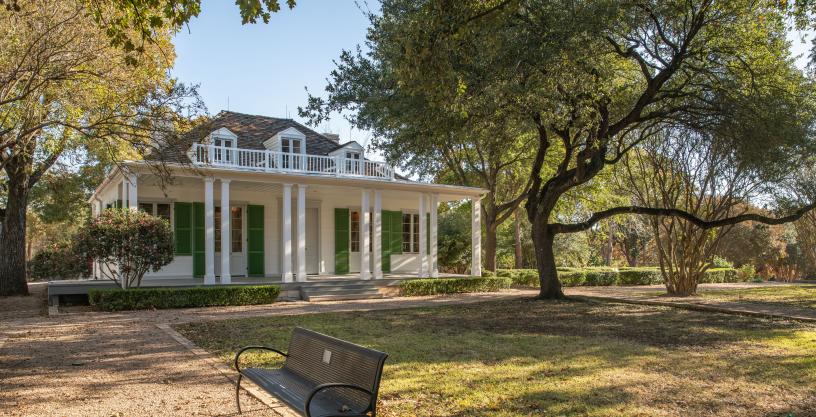
French Legation
Explore the history of one of the oldest homes in Austin and its transformation from a diplomatic post to a symbol of cultural exchange.
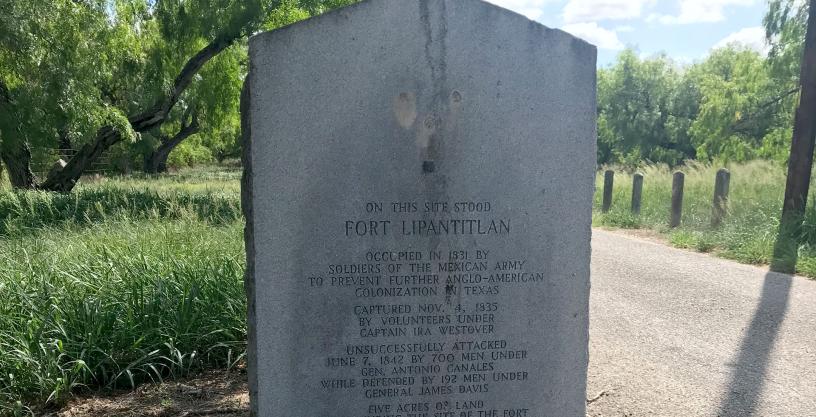
Lipantitlán
Named after the Lipan Apaches that camped nearby, this site played a role in Texas Independence.
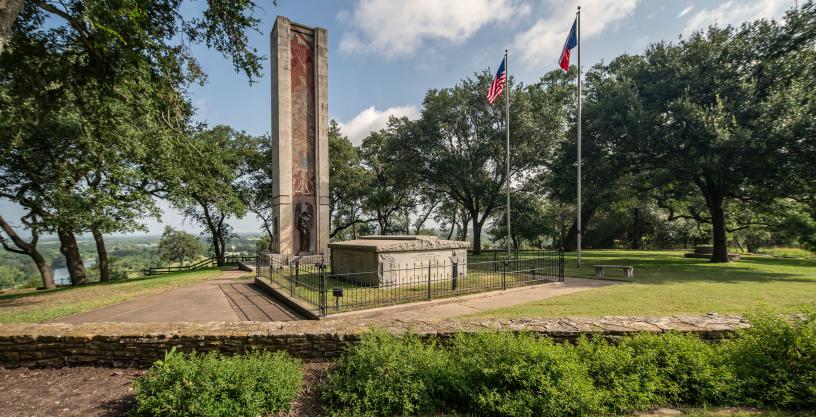
Monument Hill
Visit the final resting place of the brave individuals who lost their lives in the 1842 Dawson Massacre.
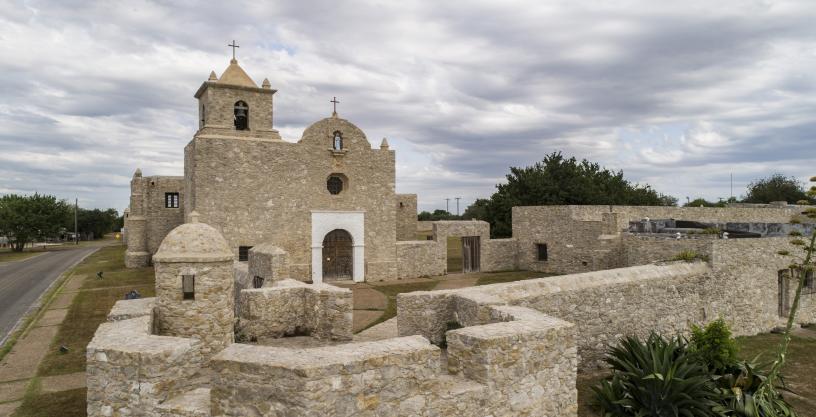
Presidio la Bahía
The Presidio, established in 1749 on this site during the Spanish colonial period, was crucial to the development of Texas.
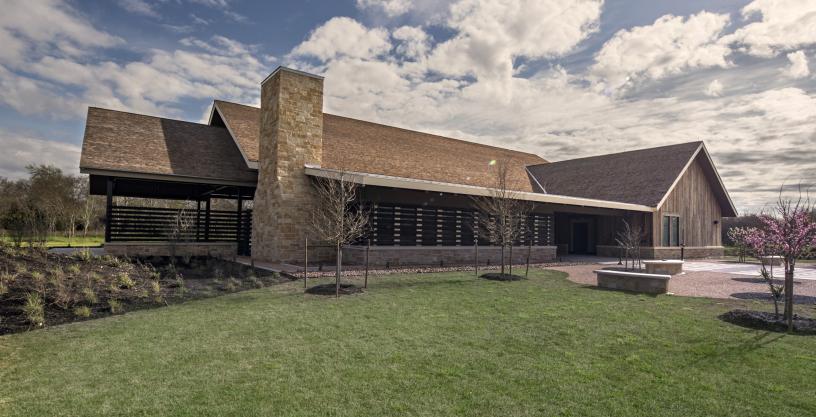
San Felipe de Austin
This site preserves the location where Stephen F. Austin established his colony in 1823, the first Anglo-American settlement and provisional capital of Texas.
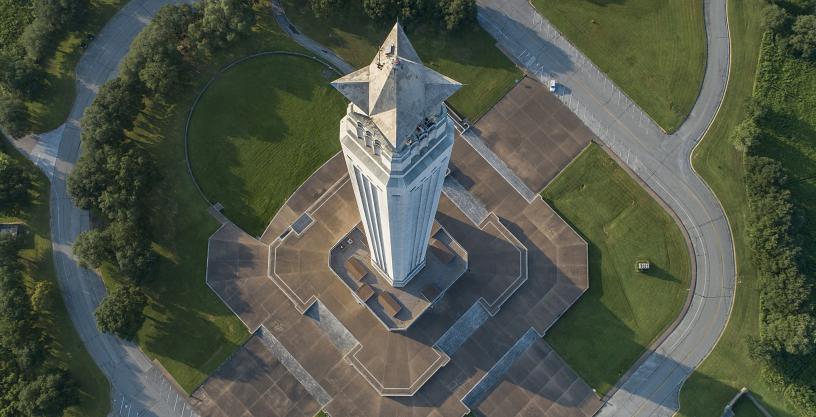
San Jacinto Battleground
The Battle of San Jacinto resulted in Texas’ independence from Mexico in 1836. This 1,200-acre park includes the San Jacinto Monument and the San Jacinto Museum.
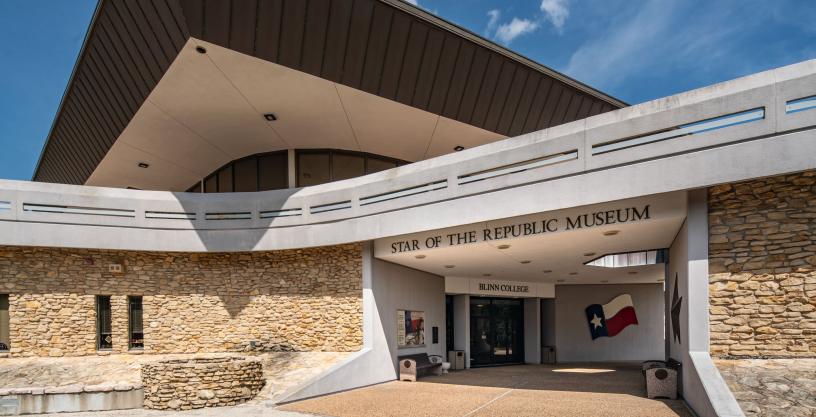
Star of the Republic Museum
The star-shaped museum commemorates the site of the signing of the Texas Declaration of Independence and the last capital of the Republic of Texas.
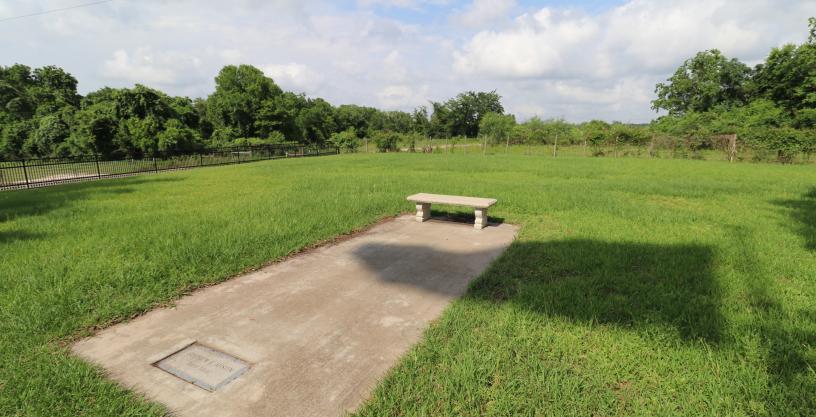
Stephen F. Austin Memorial
A great lawn and marker indicate the home of George B. McKinstry where Stephen F. Austin, the Father of Texas, died on December 27, 1836.
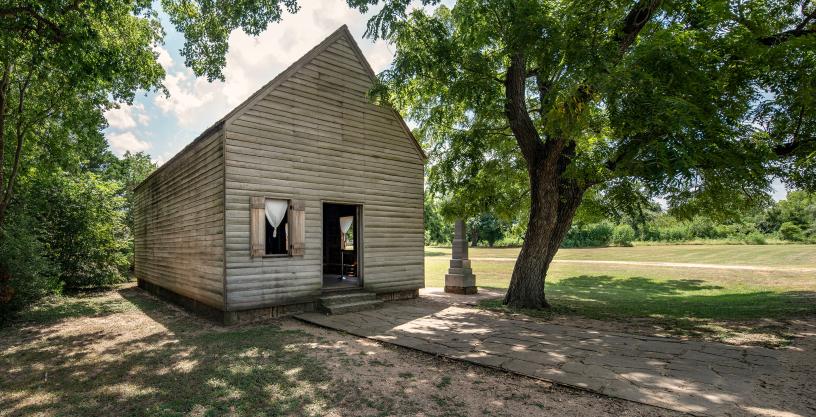
Washington-on-the-Brazos
Known as "Where Texas Became Texas," it was on this site that on March 1, 1836, Texas delegates met to formally announce Texas' intention to separate from Mexico.
Commerce & Politics
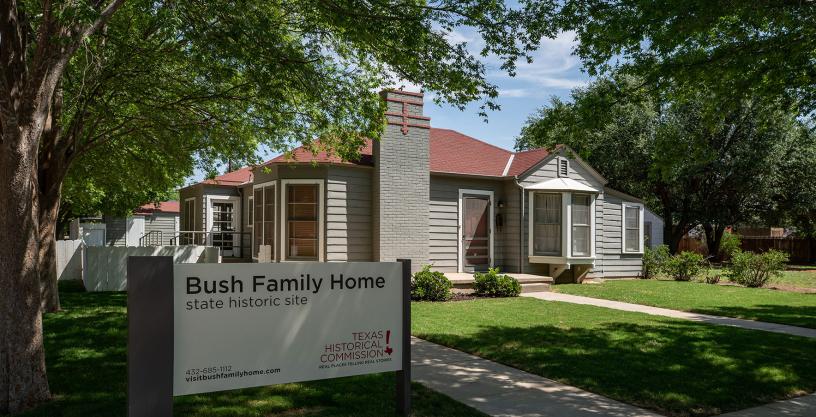
Bush Family Home
Home to two U.S. presidents, a first lady, a vice president, a second lady, and two state governors.
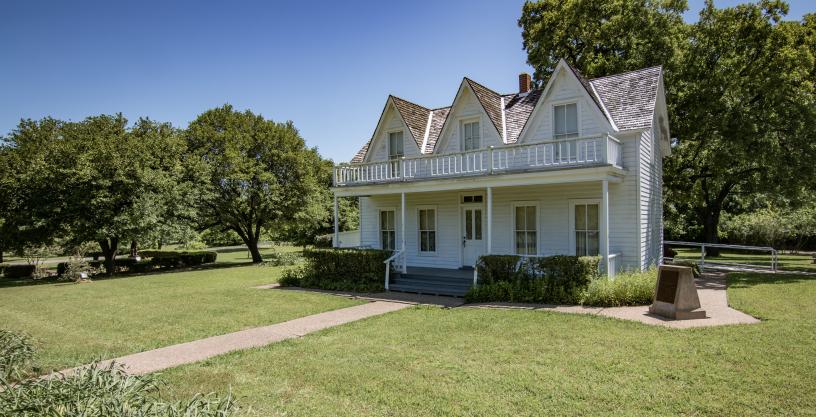
Eisenhower Birthplace
The site where the 34th U.S. president and WWII commander, Dwight David “Ike” Eisenhower, was born in 1890.
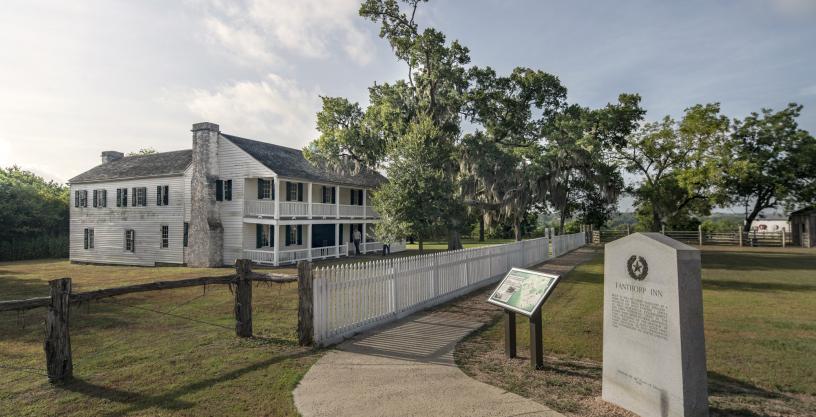
Fanthorp Inn
The home, built in 1834, demonstrates 19th century life as an early Texas stagecoach stop.
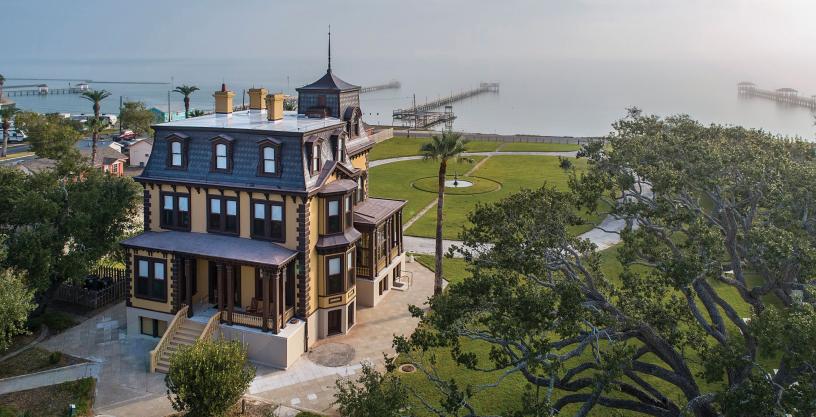
Fulton Mansion
Discover the life of an affluent family in the late 1800s with stunning views of the Aransas Bay.
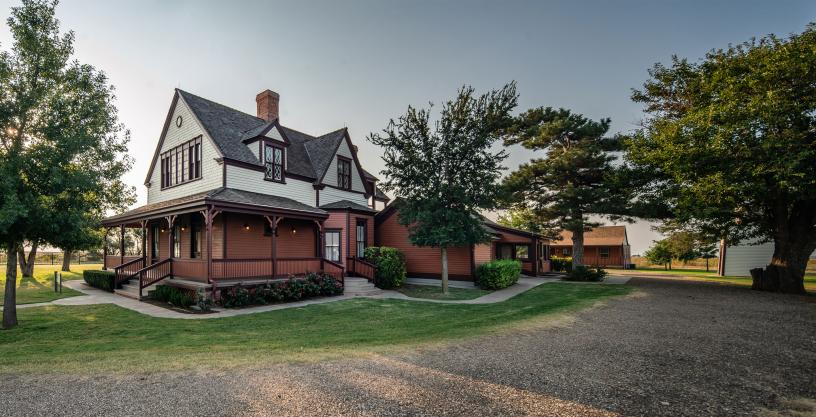
Goodnight Ranch
Discover how entrepreneurs thrived on the Great Plains of Texas.
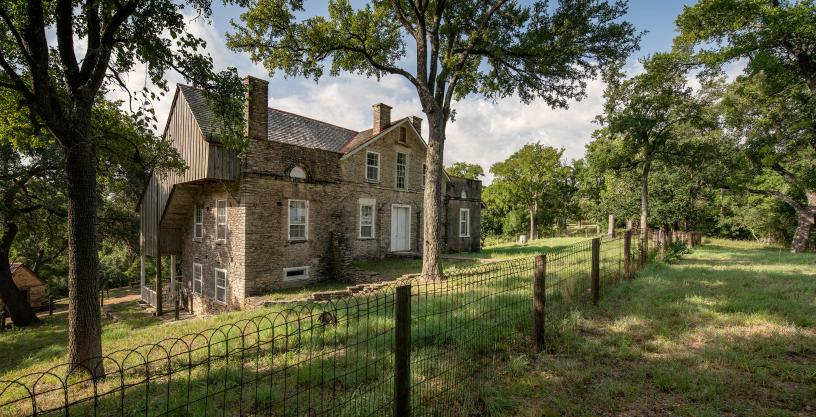
Kreische Brewery
Explore the ruins of one of the earliest commercial breweries in Texas.
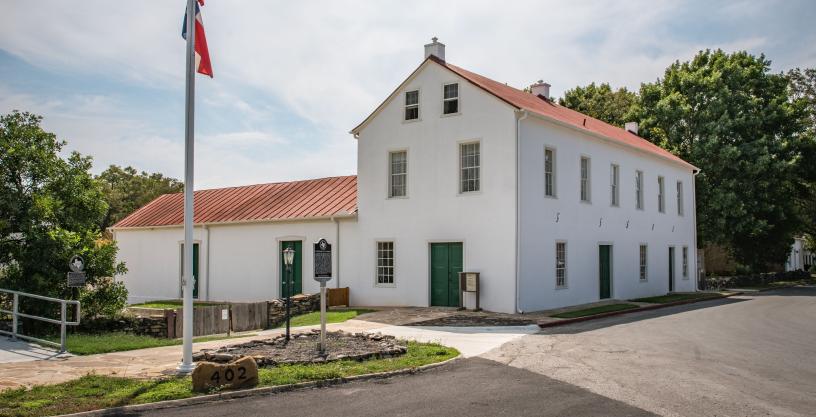
Landmark Inn
Explore or stay overnight at the historic inn built in 1849 as a roadside tavern, store, hotel, and mill.
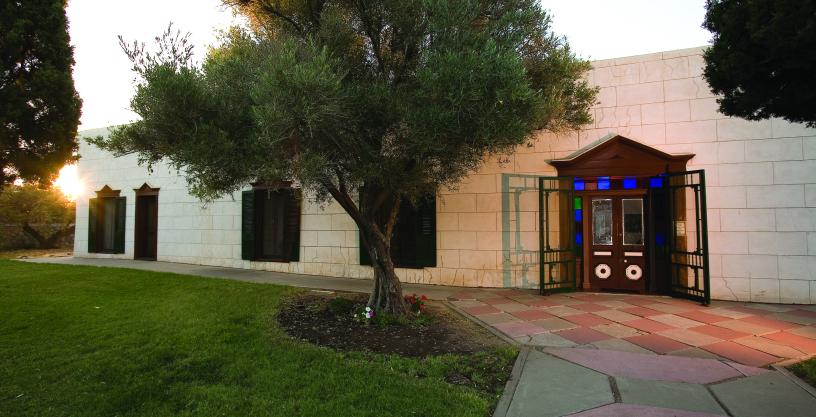
Magoffin Home
Explore the 1875 adobe home and the stories of a multicultural family who influenced the early development of the Southwest borderlands.
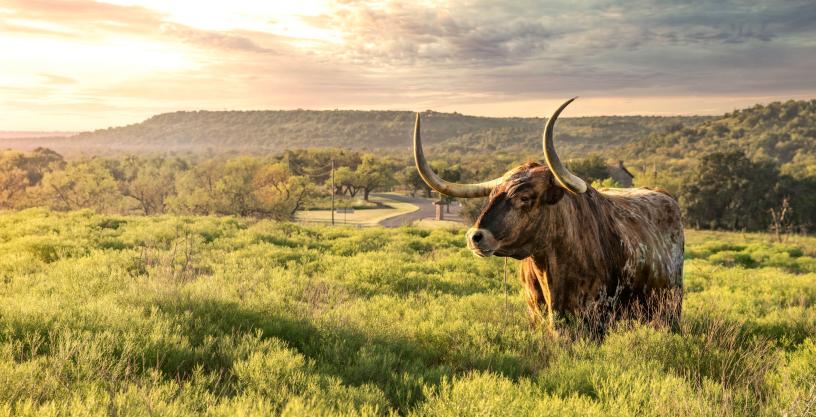
Official State of Texas Longhorn Herd
Experience this distinctive breed of cattle that played a vital role in Texas' heritage.
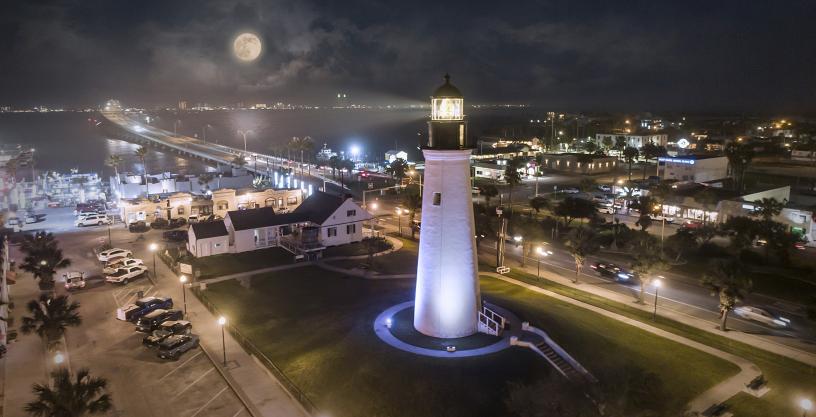
Port Isabel Lighthouse
Explore the historic 1852 lighthouse illuminating the Texas coast.
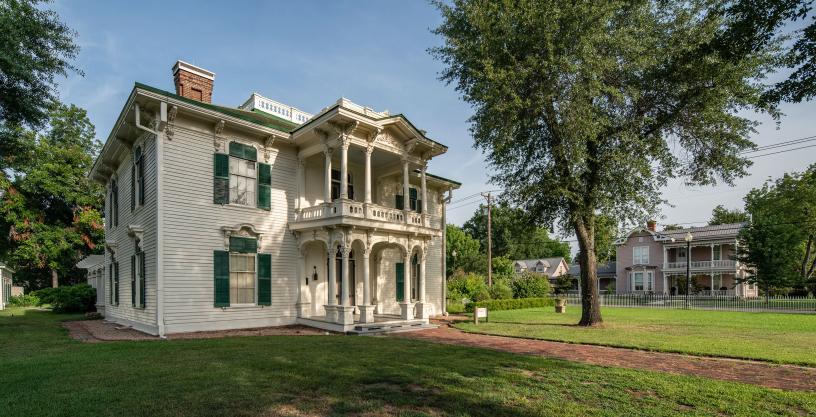
Sam Bell Maxey House
Explore the story of the Maxey family as they lived in a changing nation from Reconstruction Era Texas through the First World War.
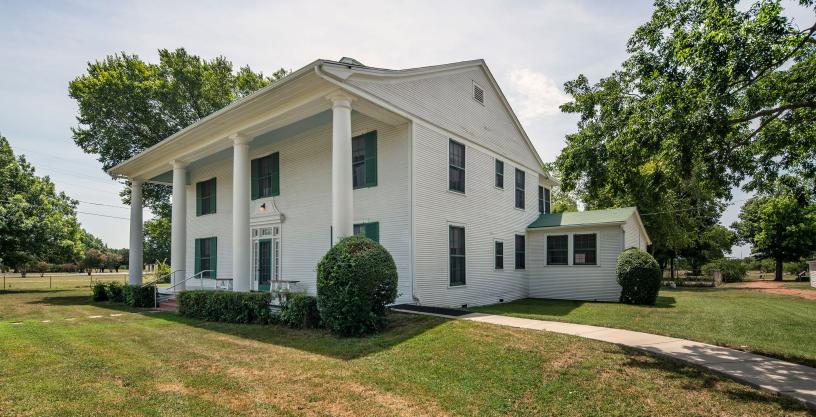
Sam Rayburn House
Step into the warm and welcoming world of one of Texas’ best-known statesmen, Sam Rayburn.
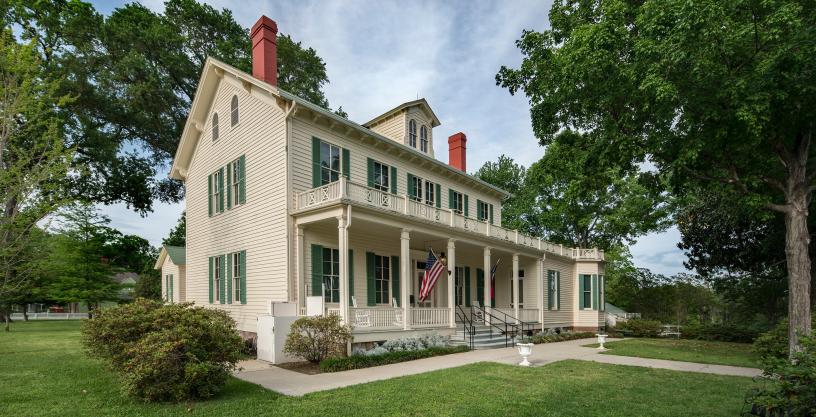
Starr Family Home
Explore period furnishings, clothing, and antiques that map the 150-year history of the Starr family in Texas.
Military History
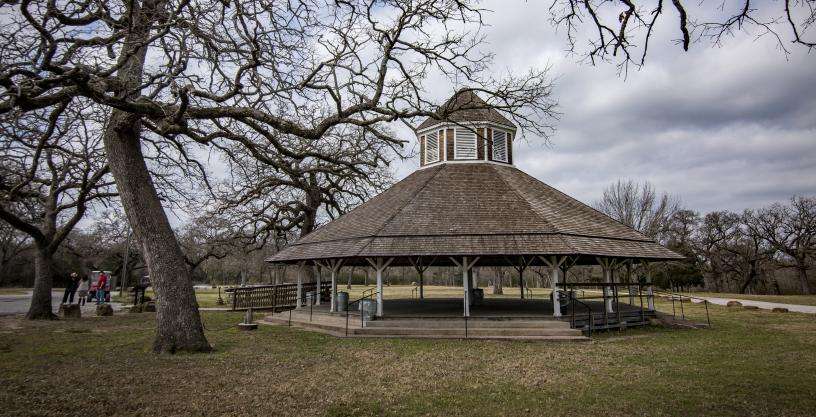
Confederate Reunion Grounds
On the banks of the Navasota River, Civil War veterans met for reunions from 1889–1946. The site remains a gathering place for history events, recreation, and family reunions.
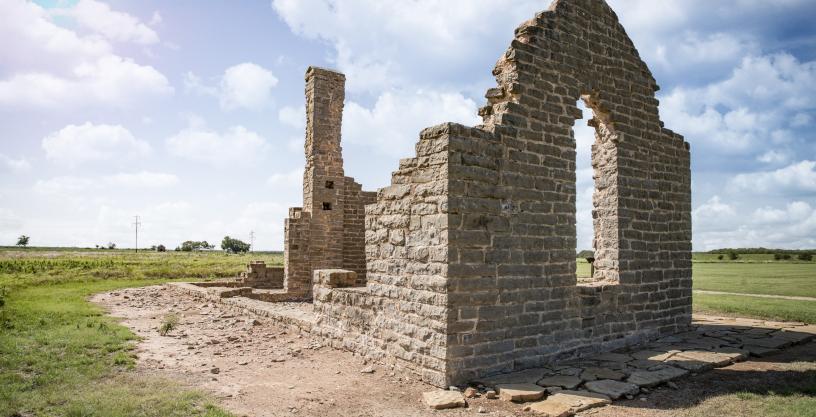
Fort Griffin
Holding command over the Southern Plains, Fort Griffin served as one in a line of western defensive forts from 1867 to 1881.
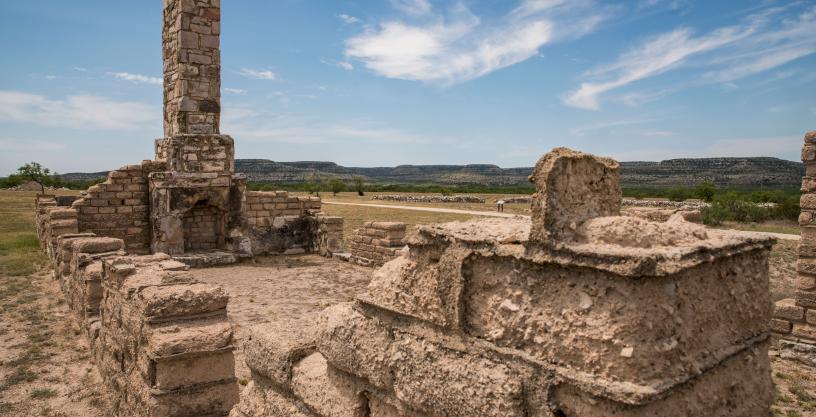
Fort Lancaster
Explore remnants of a U.S. Army post established in 1855 to protect the overland route between San Antonio and El Paso.
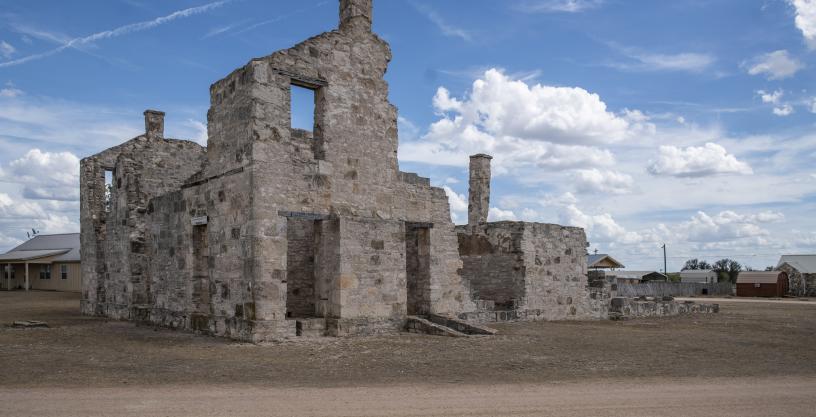
Fort McKavett
Explore the 150-year-old West Texas fort that is one of the best-preserved examples of a Texas Indian Wars military post.
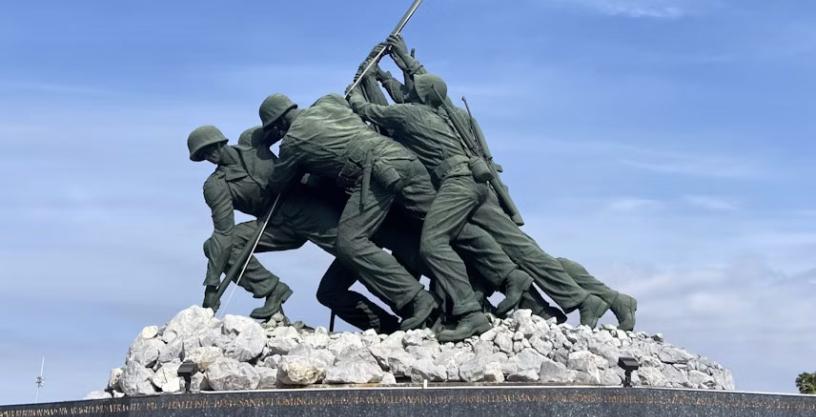
Iwo Jima Museum and Monument
The Iwo Jima Monument stands as a powerful tribute to the heroic actions of six Marines on February 23, 1945.
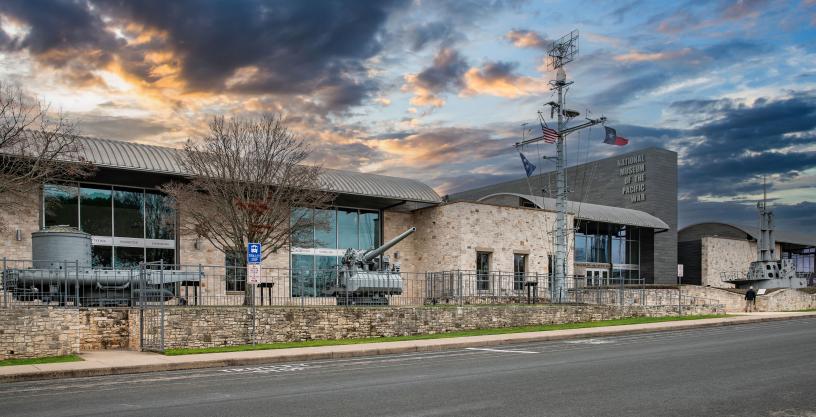
National Museum of the Pacific War
The only institution in the continental U.S. dedicated to telling the story of the Pacific Theater in World War II.
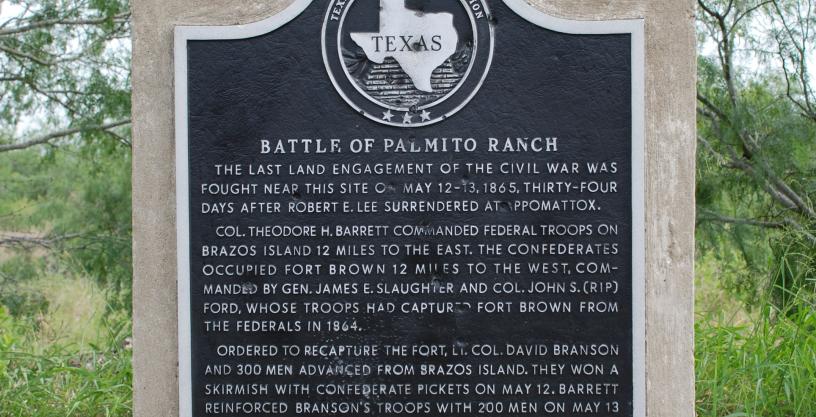
Palmito Ranch Battlefield
The location of the final land battle of the American Civil War.

Sabine Pass Battleground
Experience the site of a significant Civil War battle on the Texas Gulf Coast.
Cultural Heritage
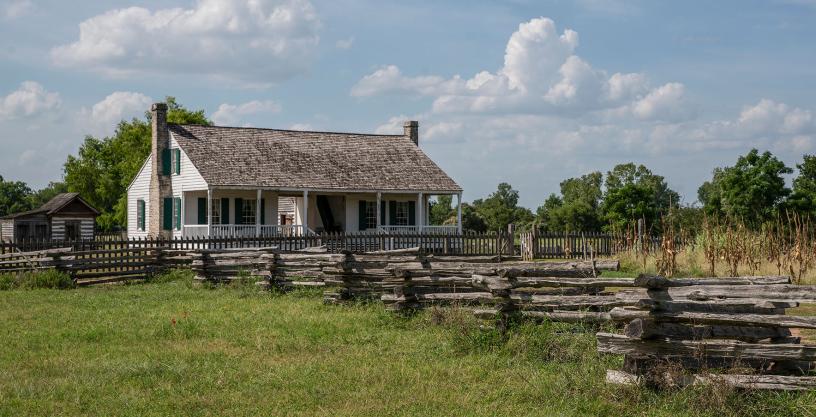
Barrington Plantation
Discover the final home of Anson Jones, the last president of the Republic of Texas, now a Living History Farm.
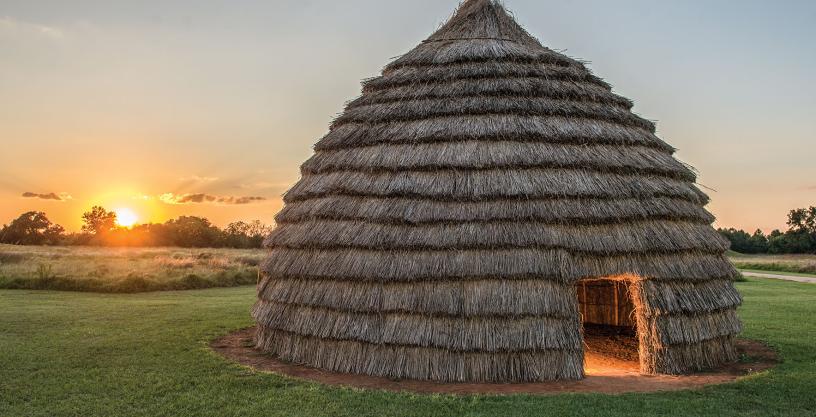
Caddo Mounds
More than 1,200 years ago, a group of ancestral Caddo built a village and ceremonial center.
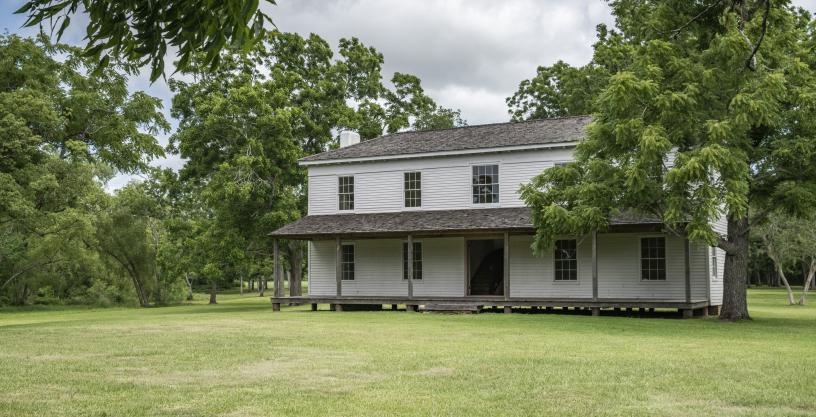
Levi Jordan Plantation
Explore a 19th century sugar and cotton plantation that highlights the multiple perspectives and evolving relationships of those who lived and worked on the land.
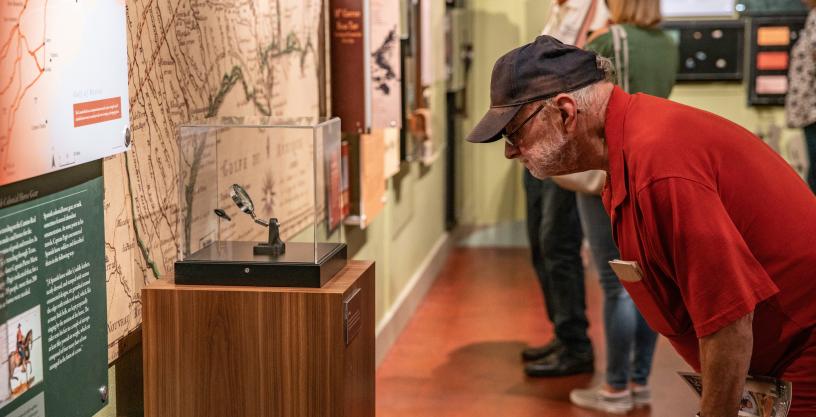
Mission Dolores
Discover the important history about the Native American experience with Texas’ earliest European settlers.
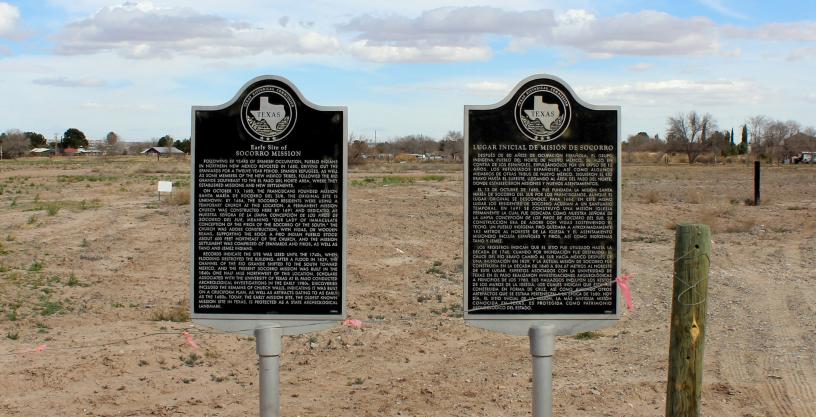
Old Socorro Mission
Discover the grounds of the oldest known mission site in Texas.
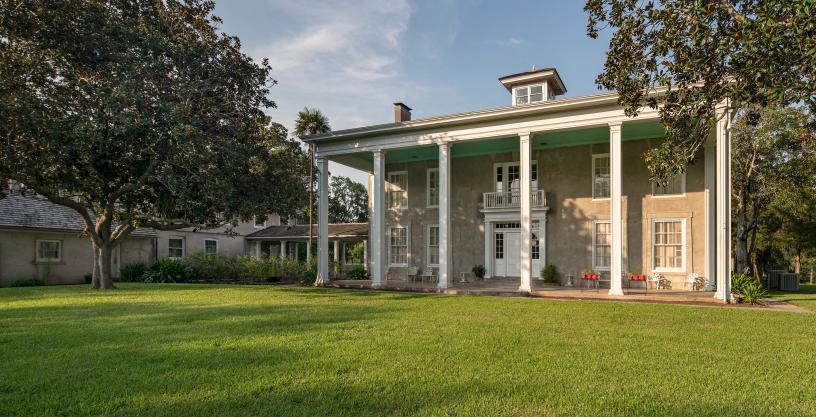
Varner-Hogg Plantation
Discover the stories of multiple families, both free and enslaved, who lived, worked and built community here for over 130 years.
All Historic Sites

Acton
A statue of Elizabeth Crockett marks the burial site of folk hero Davy Crockett's second wife, who died in 1860.

Barrington Plantation
Discover the final home of Anson Jones, the last president of the Republic of Texas, now a Living History Farm.

Bush Family Home
Home to two U.S. presidents, a first lady, a vice president, a second lady, and two state governors.

Caddo Mounds
More than 1,200 years ago, a group of ancestral Caddo built a village and ceremonial center.

Casa Navarro
Explore the life of one of early Texas’ most influential leaders in his restored 19th-century home located in the heart of San Antonio.

Confederate Reunion Grounds
On the banks of the Navasota River, Civil War veterans met for reunions from 1889–1946. The site remains a gathering place for history events, recreation, and family reunions.

Eisenhower Birthplace
The site where the 34th U.S. president and WWII commander, Dwight David “Ike” Eisenhower, was born in 1890.

Fannin Battleground
This site memorializes the brave soldiers who fought and lost the Battle of Coleto Creek here in 1836 during the Texas War for Independence.

Fanthorp Inn
The home, built in 1834, demonstrates 19th century life as an early Texas stagecoach stop.

Fort Griffin
Holding command over the Southern Plains, Fort Griffin served as one in a line of western defensive forts from 1867 to 1881.

Fort Lancaster
Explore remnants of a U.S. Army post established in 1855 to protect the overland route between San Antonio and El Paso.

Fort McKavett
Explore the 150-year-old West Texas fort that is one of the best-preserved examples of a Texas Indian Wars military post.

French Legation
Explore the history of one of the oldest homes in Austin and its transformation from a diplomatic post to a symbol of cultural exchange.

Fulton Mansion
Discover the life of an affluent family in the late 1800s with stunning views of the Aransas Bay.

Goodnight Ranch
Discover how entrepreneurs thrived on the Great Plains of Texas.

Iwo Jima Museum and Monument
The Iwo Jima Monument stands as a powerful tribute to the heroic actions of six Marines on February 23, 1945.

Kreische Brewery
Explore the ruins of one of the earliest commercial breweries in Texas.

Landmark Inn
Explore or stay overnight at the historic inn built in 1849 as a roadside tavern, store, hotel, and mill.

Levi Jordan Plantation
Explore a 19th century sugar and cotton plantation that highlights the multiple perspectives and evolving relationships of those who lived and worked on the land.

Lipantitlán
Named after the Lipan Apaches that camped nearby, this site played a role in Texas Independence.

Magoffin Home
Explore the 1875 adobe home and the stories of a multicultural family who influenced the early development of the Southwest borderlands.

Mission Dolores
Discover the important history about the Native American experience with Texas’ earliest European settlers.

Monument Hill
Visit the final resting place of the brave individuals who lost their lives in the 1842 Dawson Massacre.

National Museum of the Pacific War
The only institution in the continental U.S. dedicated to telling the story of the Pacific Theater in World War II.

Official State of Texas Longhorn Herd
Experience this distinctive breed of cattle that played a vital role in Texas' heritage.

Old Socorro Mission
Discover the grounds of the oldest known mission site in Texas.

Palmito Ranch Battlefield
The location of the final land battle of the American Civil War.

Port Isabel Lighthouse
Explore the historic 1852 lighthouse illuminating the Texas coast.

Presidio la Bahía
The Presidio, established in 1749 on this site during the Spanish colonial period, was crucial to the development of Texas.

Sabine Pass Battleground
Experience the site of a significant Civil War battle on the Texas Gulf Coast.

Sam Bell Maxey House
Explore the story of the Maxey family as they lived in a changing nation from Reconstruction Era Texas through the First World War.

Sam Rayburn House
Step into the warm and welcoming world of one of Texas’ best-known statesmen, Sam Rayburn.

San Felipe de Austin
This site preserves the location where Stephen F. Austin established his colony in 1823, the first Anglo-American settlement and provisional capital of Texas.

San Jacinto Battleground
The Battle of San Jacinto resulted in Texas’ independence from Mexico in 1836. This 1,200-acre park includes the San Jacinto Monument and the San Jacinto Museum.

Star of the Republic Museum
The star-shaped museum commemorates the site of the signing of the Texas Declaration of Independence and the last capital of the Republic of Texas.

Starr Family Home
Explore period furnishings, clothing, and antiques that map the 150-year history of the Starr family in Texas.

Stephen F. Austin Memorial
A great lawn and marker indicate the home of George B. McKinstry where Stephen F. Austin, the Father of Texas, died on December 27, 1836.

Varner-Hogg Plantation
Discover the stories of multiple families, both free and enslaved, who lived, worked and built community here for over 130 years.

Washington-on-the-Brazos
Known as "Where Texas Became Texas," it was on this site that on March 1, 1836, Texas delegates met to formally announce Texas' intention to separate from Mexico.
Want to stay connected with THC?
Sign up for email updates
